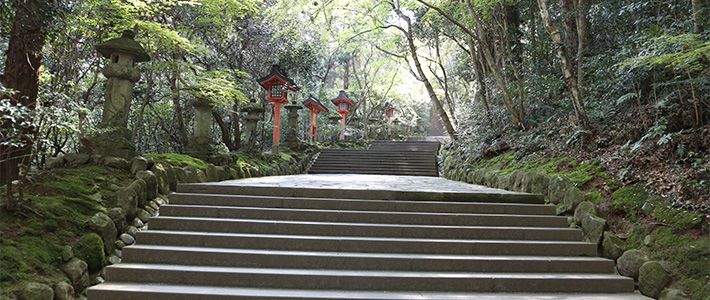
Insider’s Guide to Shintō Shrines
“Sandō”: The Worshipper’s Path
Guideto Japan
Culture- English
- 日本語
- 简体字
- 繁體字
- Français
- Español
- العربية
- Русский

Sandō
The sandō, or “worshipper’s path,” is a walkway that leads you into the shrine and to its constituent structures. Most sandō are paved with gravel or flagstone. The sandō takes you naturally along the shrine’s pilgrimage route, providing a complete tour of the grounds. It is best to keep a step to the right or left of center, since many shrines regard the central axis (seichū) as a path reserved for the kami of the shrine.
 Mitsumine Shrine, Chichibu, Saitama Prefecture
Mitsumine Shrine, Chichibu, Saitama Prefecture
Chinju no mori
At older shrines, the sandō is usually lined with large trees, demarcating a path through the sacred forest, or chinju no mori, in which the shrine is situated. In Shintō, these groves are considered dwelling places of the kami and are sacred precincts in and of themselves. For this reason, it is forbidden to remove even one fallen leaf from the forest, let alone cut down any of its trees. Some of Japan’s most venerable shrines are surrounded by virgin forest that has been preserved unspoiled for centuries.
 Forest around Ise Shrine, Mie Prefecture
Forest around Ise Shrine, Mie Prefecture

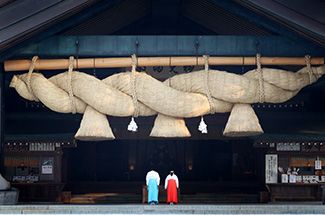 Your Virtual Guide to the Shintō Shrine
Your Virtual Guide to the Shintō Shrine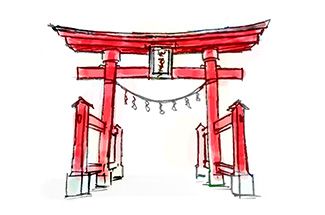 Torii: Gates to the Sacred Spaces
Torii: Gates to the Sacred Spaces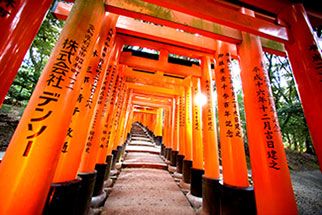 Foreign Tourists Flock to the Gates of Fushimi Inari Shrine
Foreign Tourists Flock to the Gates of Fushimi Inari Shrine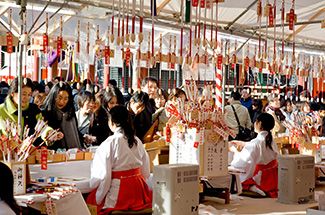 Japan’s Religious Ambivalence: The Shaping and Dismantling of a National Polity
Japan’s Religious Ambivalence: The Shaping and Dismantling of a National Polity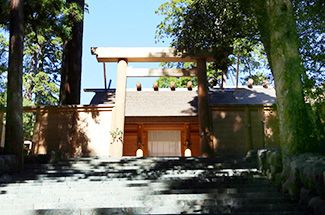 The Japanese World View: Three Keys to Understanding
The Japanese World View: Three Keys to Understanding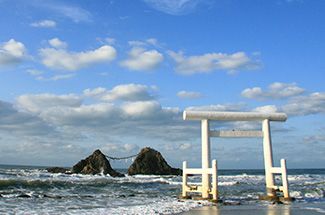 “Kami”: The Evolution of Japan’s Native Gods
“Kami”: The Evolution of Japan’s Native Gods